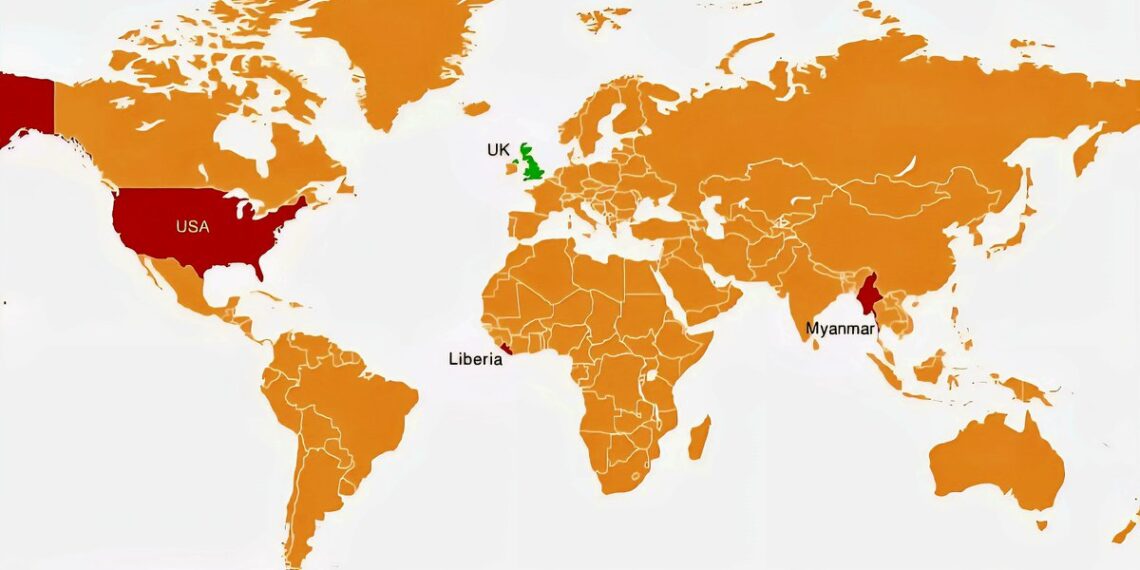Select Language:
Understanding the Key Differences Between the Metric System and the Imperial System

The Origins and Usage of the Metric System
The metric system, also known as the International System of Units (SI), was developed in France during the late 18th century and has since become the standard measurement system across most countries worldwide. It is designed around decimal-based units, making conversions straightforward and easy to understand. Countries within the European Union, Canada, Australia, and many others predominantly use the metric system for everything from everyday measurements to scientific research.
The Heritage and Application of the Imperial System
The imperial system, also called the British Imperial System, has roots dating back to the British Empire and is still used today in the United States and a few other countries. It comprises various units such as inches, feet, yards, and miles, which are not decimal-based but are instead based on historical and customary standards. While it may seem complex, the imperial system remains deeply ingrained in American culture, especially in areas like construction, road measurements, and personal height and weight.
Key Measurement Units in the Metric and Imperial Systems
| Measurement Type | Metric System | Imperial System |
|---|---|---|
| Length | millimeters, centimeters, meters, kilometers | inches, feet, yards, miles |
| Weight | grams, kilograms | ounces, pounds, stones |
| Volume | liters, milliliters | gallons, quarts, pints, cups |
| Temperature | Celsius | Fahrenheit |
How Conversion Processes Differ
One of the most notable distinctions between the two systems is how they handle conversions. The metric system’s decimal nature makes it simple to switch units — for instance, converting from meters to kilometers involves moving the decimal point three places. Conversely, the imperial system features complex conversion factors, such as 12 inches in a foot or 3 feet in a yard, which can be cumbersome, especially for international trade, scientific calculations, and education.
The Impact on Scientific and Medical Fields
The metric system’s consistency and ease of conversion make it the preferred standard in scientific research, medicine, and engineering globally. It enables scientists from different countries to collaborate effectively without confusion over units. The Fahrenheit scale, preferred predominantly in the United States, presents challenges for global scientific communication, but domestically, it remains familiar for weather reporting and daily life.
The Cultural Significance of Measurement Systems
The imperial system holds cultural significance in the United States, where traditions and industries are built around customary measurement units. For example, a race in the U.S. is measured in miles, and people often measure their height in feet and inches. Despite the global dominance of the metric system, American familiarity with imperial units persists, influencing legislation, education standards, and consumer habits.
Practical Implications in Daily Life and Industry
Using the imperial system in construction, recipes, and sports (such as football and baseball) keeps traditional practices alive. However, industries like manufacturing and science rely heavily on the metric system for precision. The coexistence can sometimes lead to confusion, especially in international commerce, but cross-system conversions and standardization efforts help bridge the gap.
The Future of Measurement Systems in 2025
While the metric system continues to expand its reach globally, the United States shows signs of gradually adopting more metric units, especially in science and technology sectors. International collaborations and technological advancements emphasize standardization, but cultural attachment and legal standards ensure the imperial system remains prevalent domestically. As economies grow more interconnected, understanding both systems is increasingly essential for citizens, professionals, and policymakers alike.
Adapting to both measurement systems is a crucial aspect of global communication and commerce in 2025, and awareness of their differences enables smoother, more accurate exchanges across industries and borders.







